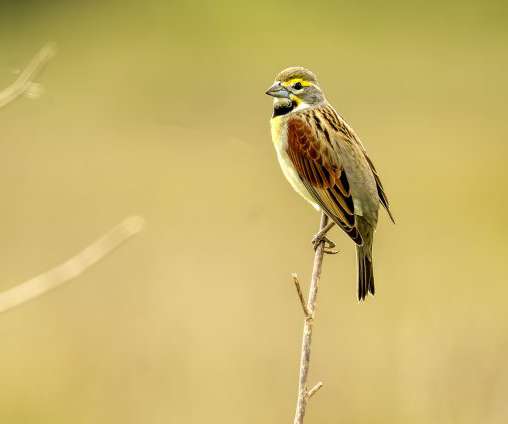Pied Oystercatchers breeding in Broome
10,000 Birds
SEPTEMBER 29, 2013
This year we have continued to monitor the breeding of several pairs of Pied Oystercatchers along the coast in Broome from Gantheaume Point to Willie Creek on the south side. The first eggs were laid in the first week of July, which is the case each year. Pied Oystercatcher sitting on eggs in the nudist area of Cable Beach.












Let's personalize your content